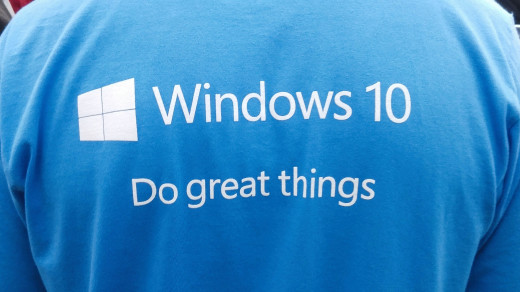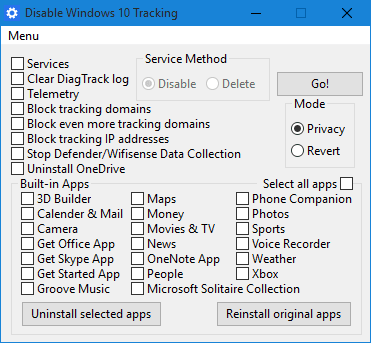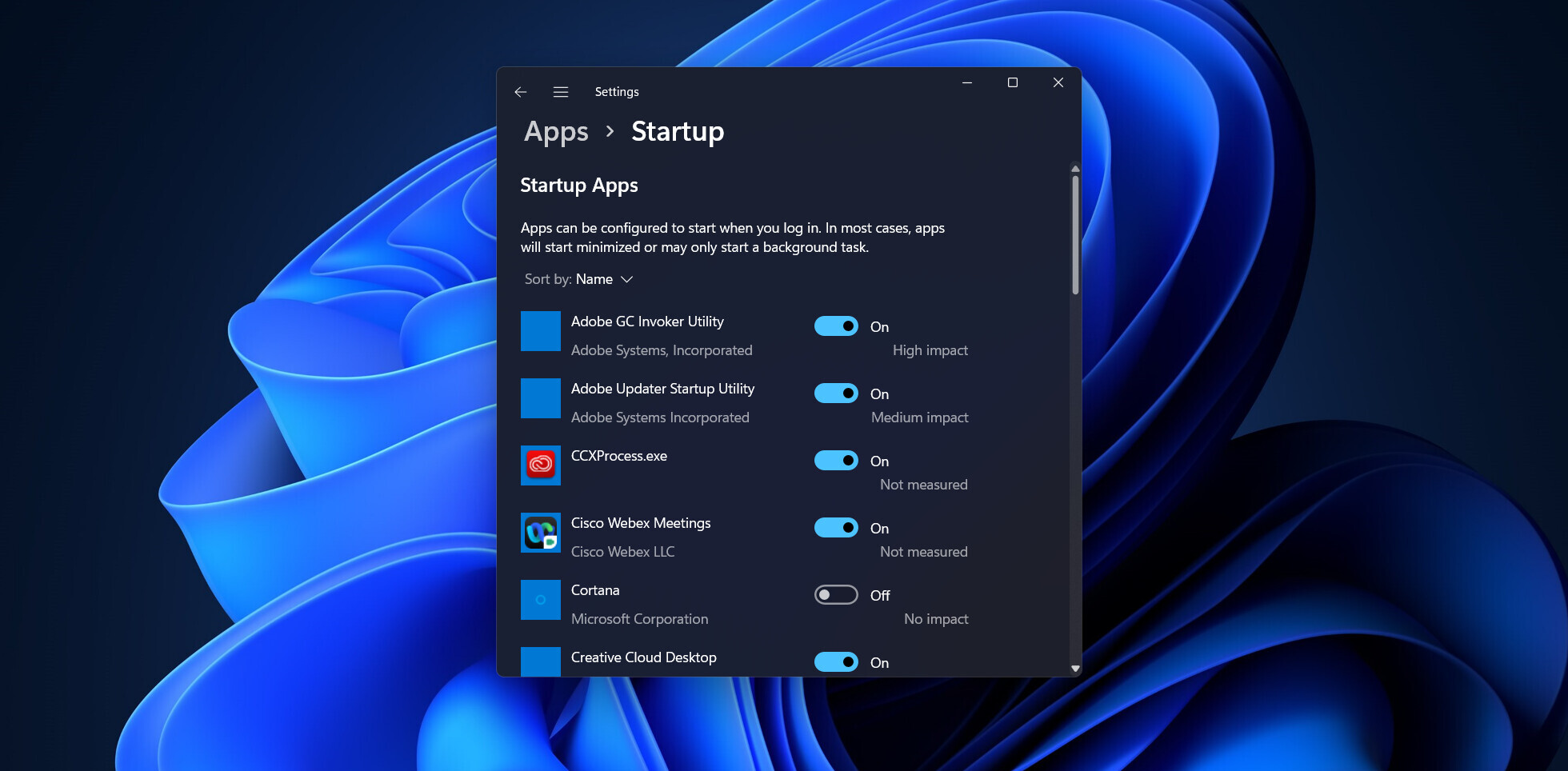
After Windows 10 was offered up as a free upgrade to any user currently using a legal version of Windows, reports started to roll in that Microsoft’s generosity was actually a thinly-veiled excuse to track users and collect data with its most invasive operating system yet.
It’s not believed that that this data is being used for purposes that aren’t specifically intended to make your user experience more pleasurable, but you can’t not be concerned after reviewing a recent report by Voat user CheesusCrust (now deleted).
It was commonly thought that Windows 10 was more than a little invasive, but that some security tweaks within the operating system could keep Microsoft from tracking you.
Well, not exactly.
CheesusCrust set up a little test using a Linux laptop with virtualization software running Windows 10 Enterprise and a router using DD-WRT (open source firmware) to monitor traffic.
He also followed one of the many guides online to disable every single tracking and telemetry feature running on Windows 10 before leaving it to run overnight and monitoring network traffic.

The results
Eight hours later, he found that a completely idle Windows 10 machine had tried over 5,500 connections to 93 different IP addresses. 4,000 of these were Windows connections and 51 of the IP’s belonged to Microsoft.
After leaving the machine alone for 30 hours, Windows 10 attempted connections to an additional 113 non-private IP addresses, which is akin to placing a sign on your network saying “now open to main in the middle (MiTM) attacks.”
To drive the issue home, CheesusCrust then used a third-party tool designed to disable Windows’ tracking tools, appropriately named DisableWinTracking.

With use of the privacy tool, Windows still connected to a staggeringly-high 2758 connections spanning 30 unique IP addresses over a 30 hour window.
Interestingly enough, the version of Windows used for this test gives users the most control for disabling these features. I’d be curious to see the results on a consumer version.
As the saying goes, “if you’re not paying for a product, you are the product.”
And, as I noted earlier… Windows 10 is a privacy nightmare.
Windows representatives couldn’t be reached for comment.
Update: TNW attempted to contact the original poster, CheesusChrist both before publishing and since. Until we can prove the test was done accurately, it’s safe to assume that it wasn’t. We’d point you to Ed Bott’s great piece over at ZDNet while reminding you that test, or no test, Windows 10 still has some severe privacy issues, although many of these are remedied by disabling its telemetry features.
➤ Windows 10 Sends Your Data 5500 Times Every Day Even After Tweaking Privacy Settings [The Hacker News]
Get the TNW newsletter
Get the most important tech news in your inbox each week.




